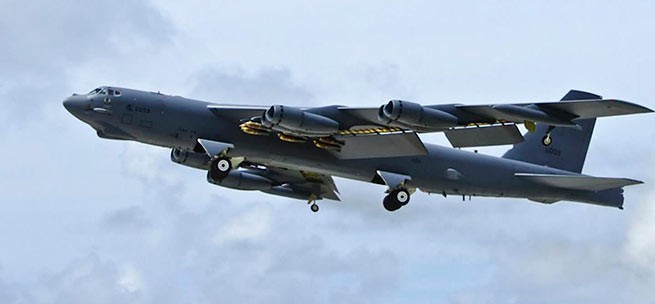Greece plans to use the infamous “sonic cannon” (LRAD) against migrants and refugees on the border of Evros with Turkey. The Associated Press has disclosed information about the use of the device. The European Commission has requested official information from the Greek authorities on this matter.
“When the world starts moving again, Europe sends a loud signal to migrants: stay away!” Greek border police play a deafening sound from an armored truck across the border with Turkey.
A vehicle-mounted long-range acoustic device, or “sound cannon”, is about the size of a small TV, but can match the power of a jet engine. reported The Associated Press edition May 31.
Video: Testing the sonic cannon at the borders of Evros by Deutsche Welle
Long Range Acoustic Device (LRAD) is a long range acoustic device developed by LRAD Corporation to send messages and alarms over long distances or at higher volumes than conventional loudspeakers. Law enforcement agencies and the manufacturer say LRAD systems are primarily designed for long-distance communications, but the device has extremely high sound power and is already being used as a non-lethal crowd control weapon.
According to the message “Radio 902 “, the Greek police received two LARD devices, and it is likely that, in addition to the border, they will also be used to break up demonstrations, as in the video below.
LARD use in Pittsburgh (USA) 2020.
It is part of a huge number of barriers using new physical principles and experimental barriers that are being installed and tested during the quiet months of the coronavirus pandemic along the 200 km border of Greece with Turkey, for persons illegally entering the European Union.
A new iron wall, similar to the one recently built on the US-Mexico border, blocks commonly used border crossings on the Evros River that separates the two countries.
The observation towers, located in the line of sight from each other, are equipped with powerful optical and infrared cameras, and many hidden sensors are located at the border. The data from them is sent to control centers to detect suspicious movement using analysis carried out by artificial intelligence.
“We have a clear picture of what is happening at the border,” Police Major Dimonsfenis Kamargios, head of the region’s border service, told The Associated Press.
The EU invested € 3 billion in security technology research after the refugee crisis in 2015-16, when more than 1 million people – migrants and refugees, some of whom escaped the wars in Syria, Iraq and Afghanistan – fled to Greece and other countries EU.
The automated surveillance network being created on the Greek-Turkish border aims to detect migrants early and keep them from crossing through river and ground patrols using searchlights and long-range acoustic devices.
Key elements of the network will be up and running by the end of the year, Kamargios said. “Our task is to prevent illegal entry of migrants into the country. This requires modern equipment and tools. “
Researchers from universities across Europe, working with private firms, have developed futuristic surveillance and verification technologies and tested more than a dozen projects at the Greek borders.
AI-based lie detectors and virtual bots to interrogate intruders have been tried, and attempts have been made to integrate satellite data with drone footage on land, in the air, at sea and under water. Scanners record fingerprints to use as biometric identifiers, and the creators of real-time image reconstruction technology promise to erase foliage, exposing people hiding between trees in border areas.
Testing was also carried out in Hungary, Latvia and other countries along the eastern perimeter of the EU.
A more aggressive migration strategy has been promoted by European politicians over the past five years, funding agreements with non-bloc Mediterranean countries to contain migrants and transforming the EU border guard agency, Frontex, from a coordination mechanism into a full-fledged multinational security system.
Greece is pushing for the EU to allow Frontex to patrol outside its territorial waters to prevent migrants from reaching Lesvos and other Greek islands, the most common route in Europe for illegal crossing in recent years.
Armed with new technical tools, European law enforcement agencies are increasingly moving beyond borders.
Not all surveillance programs tested will be included in the new detection system. But rights groups say new technologies will make it even harder for refugees fleeing war and extreme hardship to find safety.
During the pandemic, migration flows slowed in many parts of Europe, interrupting the growth recorded in recent years. In Greece, for example, the number of arrivals fell from almost 75,000 in 2019 to 15,700 in 2020, or 78%.
But the migration will definitely return. According to the UN, between 2000 and 2020, the number of migrants in the world increased by more than 80% and reached 272 million, rapidly outstripping the growth of the world population.






More Stories
The number of refugees from Ukraine approached 3 million
How to find housing for refugees from Ukraine through Airbnb
Greece will send transport to Poland for refugees